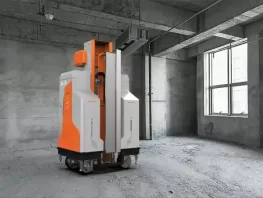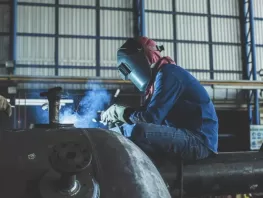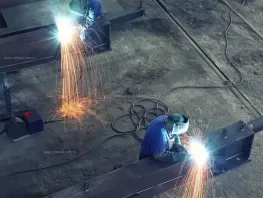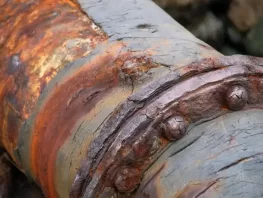
The Good and The Bad of Working with Concrete
Posted Aug 16, 2021 by Dave Scaturro

Concrete is the most durable, widely used man made material in history. For that reason it’s no wonder that it has been used in the construction of many long-lasting and enduring structures since before the rule of the Roman Empire.
The Magic of Concrete
Since its formal patent in 1824, concrete has been the most widely used material in the world, and the most understood. The specifications and standards associated with the manufacturing of concrete can cover the gamut -- from field slump tests to air-entrainment protocols and admixtures. The benefits and specifications associated with concrete are endless. For those of us in construction, concrete is a true wonder if specifications and standards are followed precisely. Specify the right concrete mix, install it where it belongs, and you have a happy slab — and happy client.
And Now, Its Dark Side
Most failures associated with the use of concrete can be attributed to misunderstandings about how concrete works after it’s been poured. And while there are failures as a result of a bad pour or mix from the supplier, far more often problems with concrete are either because it wasn’t used properly or it was put into service for something it was not designed for.
The most commonly misunderstood characteristic about concrete is the degree to which it is porous. In other words, that it breathes. Both liquid and vapors will pass through concrete. This characteristic is key to anyone working with the substance.
Concrete’s Even Darker Side
Here it is stated simply: contamination and unpredictability.
Because concrete is porous, it will absorb whatever liquids or gases it comes into contact with. And depending on the contaminant, it can be exceedingly difficult to remove from the concrete. But with new concrete, you often have only one shot to get it right. Once it is in service, or coated, that material penetrates into the concrete and getting it out may be either impossible or substantially more costly.
Concrete is so widely used we take it for granted it will always perform. The secret to a successful project lies in understanding its fundamental nature and characteristics as well as mixing the concrete correctly and knowing which tools to use. Reach out to us to make sure you get the right expertise when utilizing concrete on your next painting or flooring project.









